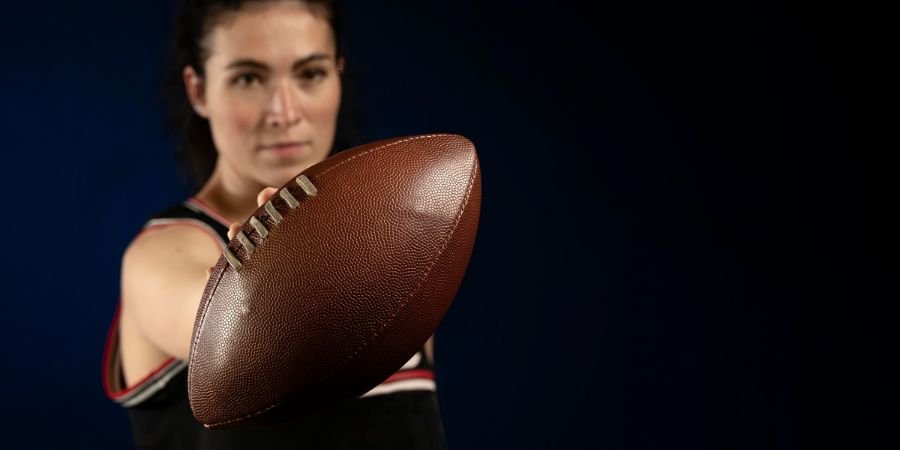Interest in women playing professional American football has moved from niche conversation to concrete action this year as the NFL and other organizations expand opportunities in flag football and support women in football careers. That shift matters because it changes the pathways for female athletes and acknowledges the growth of female participation at youth and college levels.
Recent developments
The clearest development is the NFL signaling plans to back professional flag football leagues for women and men. Commissioner Roger Goodell has publicly said, “We are committed to creating a women’s professional league, and a men’s professional flag league,” and added that “the demand is there.” Those comments followed league discussions about building a pipeline from youth and college flag programs into professional opportunities and aligning timing with flag football appearing at the 2028 Los Angeles Olympics. Interest from investors and sports figures has followed, underscoring real market momentum.
Why is there interest
Several forces are driving interest. Participation numbers for flag football have surged worldwide, with millions of kids playing and many high schools and colleges adding programs. That expanding base creates both talent and fans. Brands and media see commercial upside in packaging a faster, lower contact format that can attract new audiences, including women and younger fans. The NFL itself has framed flag football as a growth vehicle to broaden the sport’s appeal and to create new fan touchpoints beyond traditional tackle football.
Documented benefits
Proponents list multiple benefits for women entering professional football formats. Flag football reduces contact while preserving strategy and athletic skill, which can lower injury risk while keeping fan-friendly action. A professional league offers visibility, role models, and clearer career pathways from youth to elite competition. It can also boost women in related roles, such as coaching, administration, and media, by expanding the overall football ecosystem. From a business standpoint, a distinct women’s league creates new sponsorship, broadcast, and ticketing opportunities while feeding broader interest in DraftKings’ NFL matchups and football content.
Documented challenges
Challenges are practical and cultural. Building a sustainable league requires capital, reliable media rights, and operational partners. The NFL has emphasized it wants partners to operate leagues while the league supports and sells rights, but timelines and investor commitments must still be turned into seasons, teams, and pay structures. Competitive balance and talent pipelines will take years to mature. Culturally, some stakeholders still resist women in traditionally male domains of American football, and the new leagues will face scrutiny over parity, pay equity, and long-term viability. Finally, translating enthusiasm into consistent attendance and TV ratings is not guaranteed, particularly in markets already saturated with sports content.
What the NFL has said
The league has acknowledged both the interest and the work ahead. Goodell said the league has “had a great deal of interest” from potential investors and partners, and league communications have stressed development of youth and college pathways as critical to scale. The NFL also highlights that showing women in visible football roles strengthens the sport overall, helping grow its audience and talent pipeline. Those official lines position the NFL as a facilitator rather than sole operator of new women’s professional football ventures.
What to watch next
Key indicators to follow are formal launch timelines, investor and operator announcements, franchise locations, and media deals. Will colleges accelerate varsity flag programs and will high schools expand girls flag offerings? Will sponsorship and broadcast partners commit meaningful dollars? Answers to those questions will determine whether early interest becomes a lasting professional landscape. If the structures fall into place, women will have more routes to elite football that balance opportunity and safety, while fans will see new events added to their calendars alongside traditional NFL matchups.
Momentum behind women playing professional forms of football has clearly increased. The NFL’s public commitment to support professional flag football, investor interest, and rising participation at youth and college levels all point toward a tangible future for women’s pro football. Yet turning interest into a durable league will require smart partnerships, adequate investment, and time to develop competitive depth. For athletes and fans alike, the next few seasons may be the most revealing yet about whether this is an experimental phase or the start of a permanent expansion of the sport










